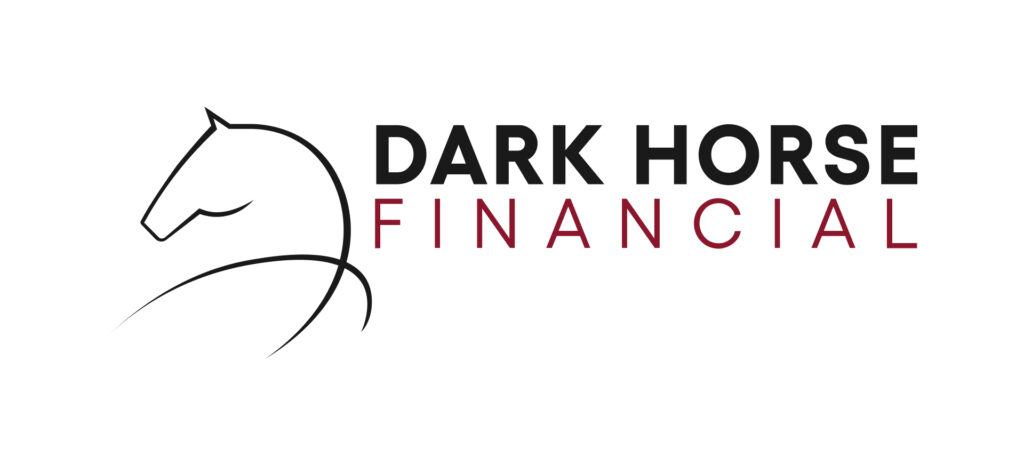Key Takeaways
- Interest-only loans allow borrowers to pay only the interest for a set period, preserving cash flow before the loan transitions to principal and interest.
- A fixed interest-only loan offers repayment certainty by locking in your rate for a certain period, shielding you from interest rate rises.
- Variable interest-only loans can offer greater flexibility and the potential to benefit from falling rates, but repayments can fluctuate at any time.
- Fixed loans often can come with restrictions on extra repayments and can include break fees if repaid early.
- Variable loans may provide access to features like offset accounts and redraw facilities, helping reduce interest costs over time.
- The best interest-only loans for investors depend on your goals, cash flow needs, and risk appetite.
- Choosing fixed vs variable home loan options requires balancing stability against flexibility and potential savings.
- To secure the best interest-only loan (whether fixed or variable), seek expert advice from Dark Horse Financial and align your loan with your investment strategy.
Many Australians, particularly those looking to invest, choose interest-only loans for their property purchases. When taking out an interest-only loan, investors can choose between fixed or variable interest rates. This choice can significantly impact cash flow, risk exposure, and long-term financial outcomes.
What is the difference between fixed vs. variable interest-only loans? This guide will go into the differences, explore their advantages and disadvantages, and provide insights to help you make an informed decision.
Understanding Interest-Only Loans
Before we compare fixed vs variable home loan options, let’s first tackle what an interest-only loan is. An interest-only loan allows you to pay only the interest portion of the loan for a specified period, typically 1 to 5 years. During this interest-only period, the principal remains unchanged, meaning no equity is built. After the interest-only period ends, the loan usually reverts to a principal and interest loan, leading to higher repayments as both principal and interest are paid off. Interest-only loans are particularly popular among property investors in Australia. They offer lower initial repayments, freeing up capital for other investments or expenses.
Fixed Interest-Only Loan
What is a fixed interest-only loan? A fixed interest-only loan locks in the interest rate for a predetermined period, typically ranging from 1 to 5 years. During this fixed term, your repayments remain constant, providing stability and predictability in your financial planning.
Advantages of Fixed Interest-Only Loans
- Predictable Repayments: With a fixed interest rate, your repayments remain unchanged, making budgeting easier and protecting you from interest rate hikes during the fixed term.
- Protection Against Interest Rate Increases: In a rising interest rate environment, a fixed rate can shield you from increased repayment amounts.
- Financial Planning Certainty: Fixed repayments allow for more accurate forecasting of cash flow and investment returns.
Disadvantages of Fixed Interest-Only Loans
- Limited Flexibility: Fixed loans often come with restrictions on making extra repayments or accessing redraw facilities.
- Break Fees: If you decide to pay off or refinance the loan before the end of the fixed term, you may incur significant break fees.
- No Benefit from Rate Reductions: If interest rates decrease during the fixed term, you won’t benefit from lower repayments.

Variable Interest-Only Loan
What is a variable interest-only loan? A variable interest-only loan has an interest rate that can fluctuate over time, influenced by market conditions and the lender’s policies. This means your repayments can increase or decrease accordingly.
Advantages of Variable Interest-Only Loans
- Potential for Lower Repayments: If interest rates decrease, your repayments may reduce, lowering your overall borrowing costs.
- Greater Flexibility: Many variable loans allow for extra repayments and access to redraw facilities, enabling you to pay off the loan faster or access funds if needed.
- Offset Accounts: Some variable loans offer offset accounts, which can reduce the interest payable on the loan by offsetting the balance in the account against the loan balance.
Disadvantages of Variable Interest-Only Loans
- Unpredictable Repayments: Fluctuating interest rates can lead to varying repayment amounts, making budgeting more challenging.
- Exposure to Interest Rate Increases: In a rising interest rate environment, your repayments may increase, impacting cash flow.
- Potential for Higher Overall Costs: If interest rates rise significantly, the total cost of the loan can increase over time.
Fixed vs. Variable Interest-Only Loans: A Comparative Overview
| Fixed Interest-Only Loan | Variable Interest-Only Loan | |
|---|---|---|
| Interest Rate Stability | Fixed for a set term | Fluctuates with market conditions |
| Repayment Predictability | High (for the fixed period) | Low |
| Flexibility | Limited (restrictions on extra repayments) | High (extra repayments and redraw facilities) |
| Break Costs | May apply if the loan is paid off early | Generally no break costs |
| Benefit from Rate Reductions | No | Yes |
| Negative Impact from Rate Increases | No (for the fixed period) | Yes |
| Offset Account Availability | Often no | Often yes |
| Suitability | Investors seeking stability and predictability | Investors comfortable with market fluctuations |

Risks of Interest-Only Loans in Australia
Whether you choose fixed or variable rates, interest-only loans come with certain risks:
- Negative Equity: If property values decline during the interest-only period, you may owe more than the property’s worth, leading to negative equity.
- Increased Repayments After Interest-Only Period: Once the interest-only period ends, repayments can increase substantially, potentially straining cash flow if you’re not prepared for the switch.
- Regulatory Changes: Authorities can change regulations at any time, which can lead to higher rates or tighter lending criteria for interest-only lending.
- Market Volatility: The Australian property market can be volatile, and unforeseen events can impact property values and rental incomes.
Can I Switch from Fixed to Variable Loan?
Yes, you can switch from a fixed to a variable loan. In Australia, most lenders allow borrowers to switch their loan type, but if you’re currently on a fixed interest-only loan, you may incur break fees for ending the fixed term early. These fees are charged to compensate the lender for the loss they incur due to the change in interest arrangements.
Things to Consider Before Switching:
- Break Costs: Always ask your lender for a break cost quote before making any decisions. These can range from a few hundred to several thousand dollars, depending on the loan size and term.
- Timing: If your fixed term is nearly complete, it may be worth waiting until it naturally expires to avoid break fees.
- Market Conditions: Consider current and forecasted interest rates. If rates are expected to drop further, moving to a variable loan could be advantageous.
Always speak with your mortgage broker or financial advisor before switching. Our team can help you assess whether the long-term benefits of switching outweigh the short-term costs and whether the change aligns with your broader investment goals.
Should I Choose Fixed or Variable Interest-Only Loans?
The decision between a fixed and variable interest-only loan depends on various factors, including your financial situation, investment strategy, and risk tolerance.
- Fixed Interest-Only Loan: Suitable for investors seeking stability and predictability in their repayments, especially in a rising interest rate environment.
- Variable Interest-Only Loan: Ideal for investors comfortable with market fluctuations and seeking flexibility in repayments and loan features.
Consider consulting an experienced mortgage broker like Dark Horse Financial to assess your individual circumstances and determine the best interest-only loan for investors.
To Sum Things Up
Choosing between a fixed and variable interest-only loan is an important decision for Australian property investors. Both options offer distinct advantages and come with their own set of risks. By understanding the key differences and considering your financial goals and risk appetite, you can make a choice that aligns with your investment strategy. Always seek professional advice to ensure you choose the right solution.
Invest Today With an Interest-Only Loan
Looking to purchase investment property in Australia? Get an interest-only loan through us today. Contact our team and choose between fixed or variable interest rates.





